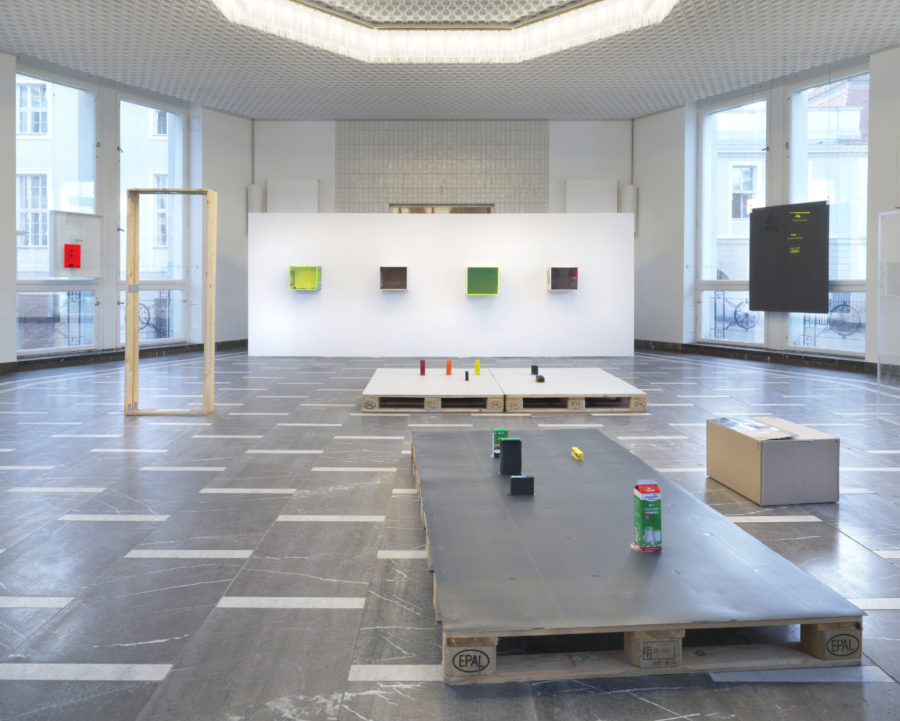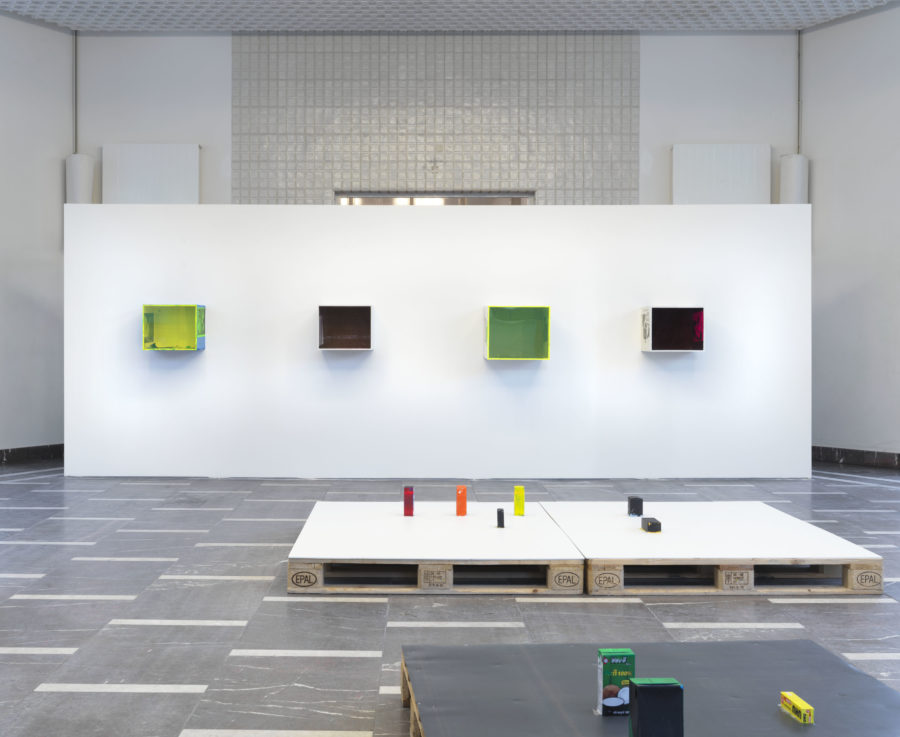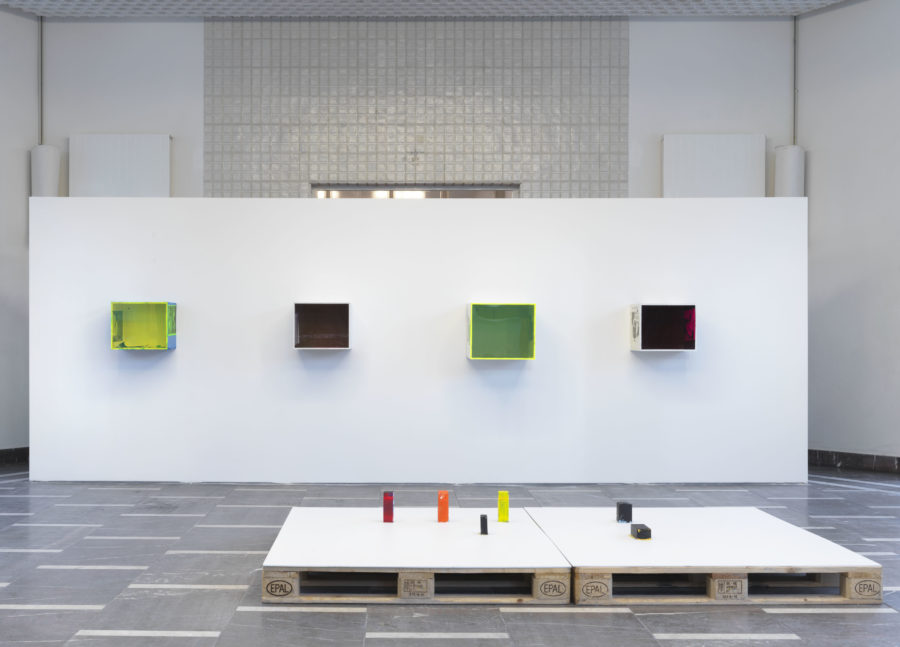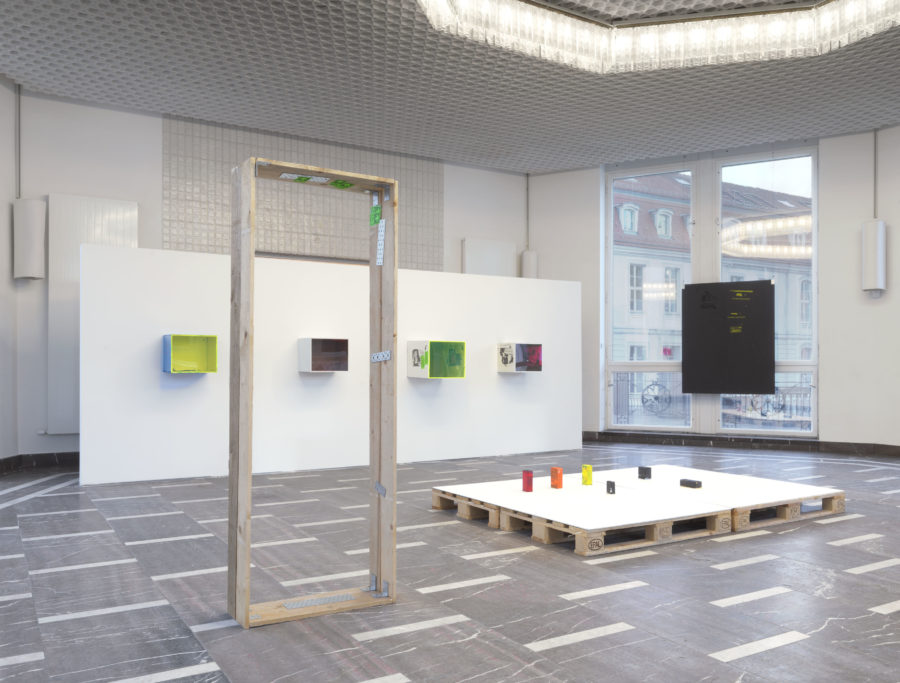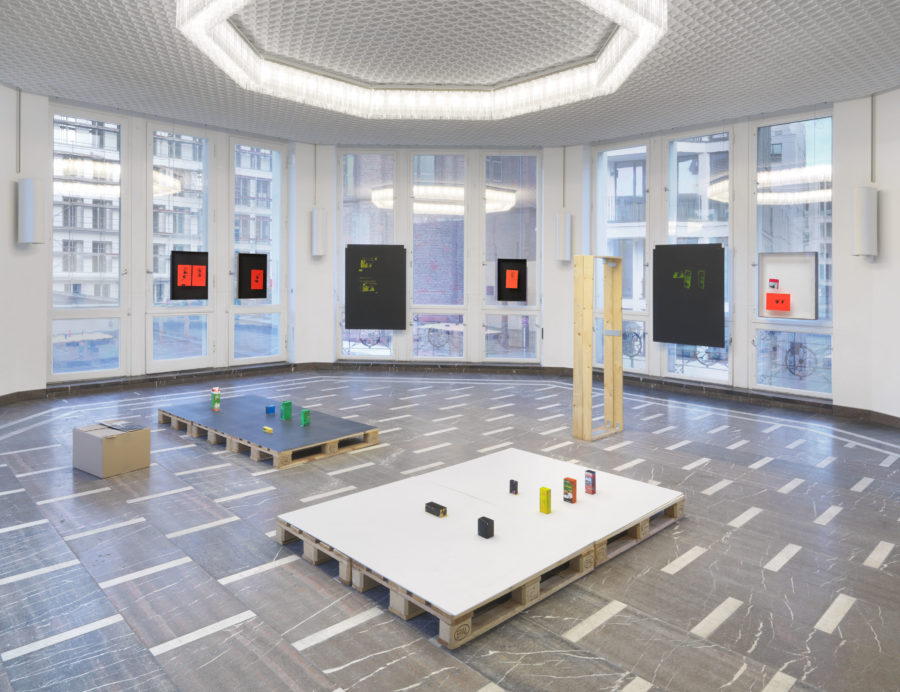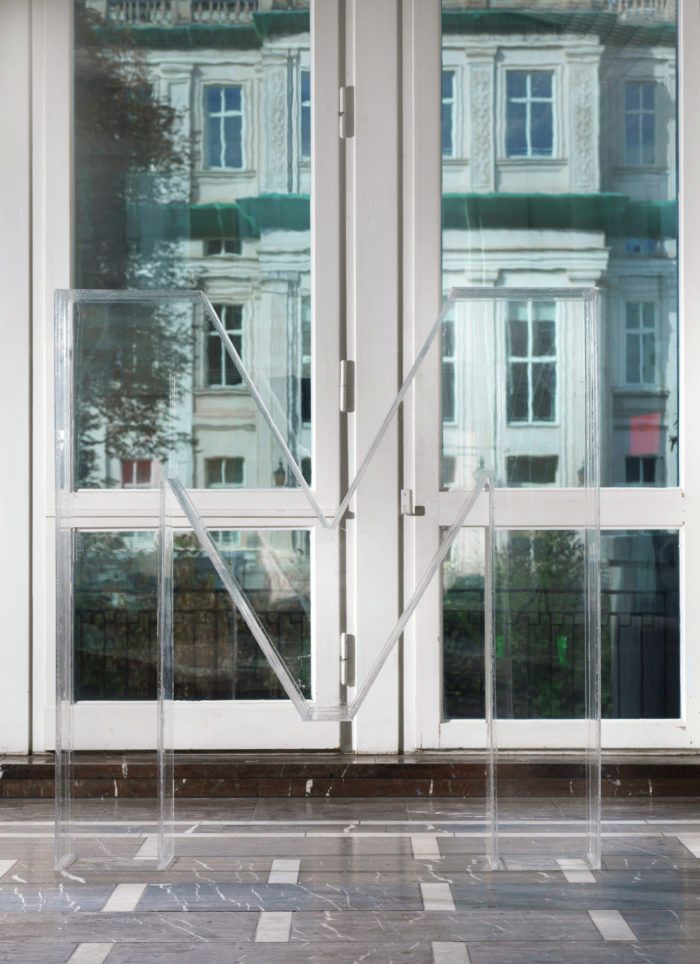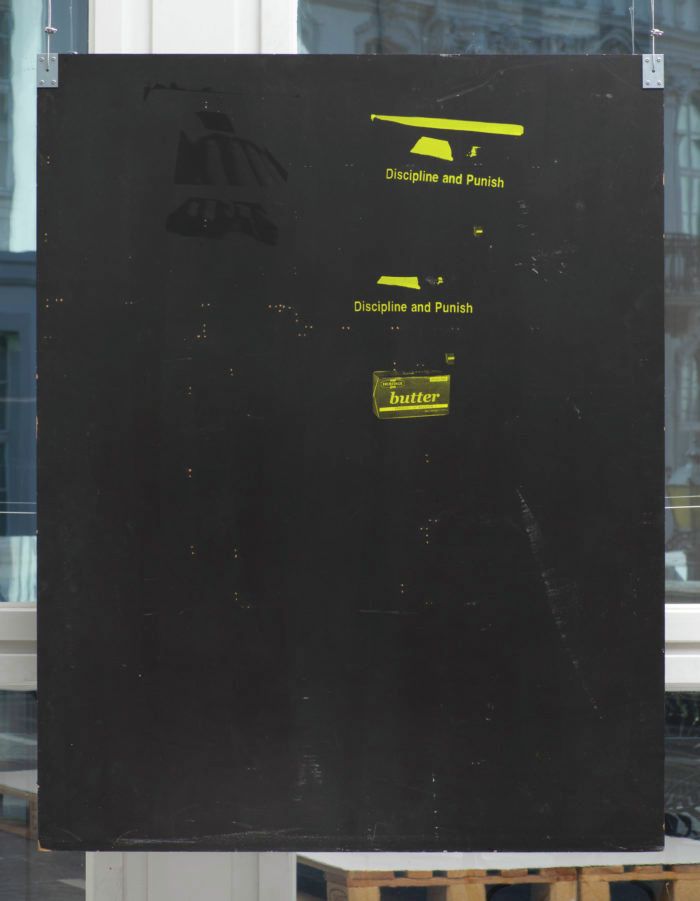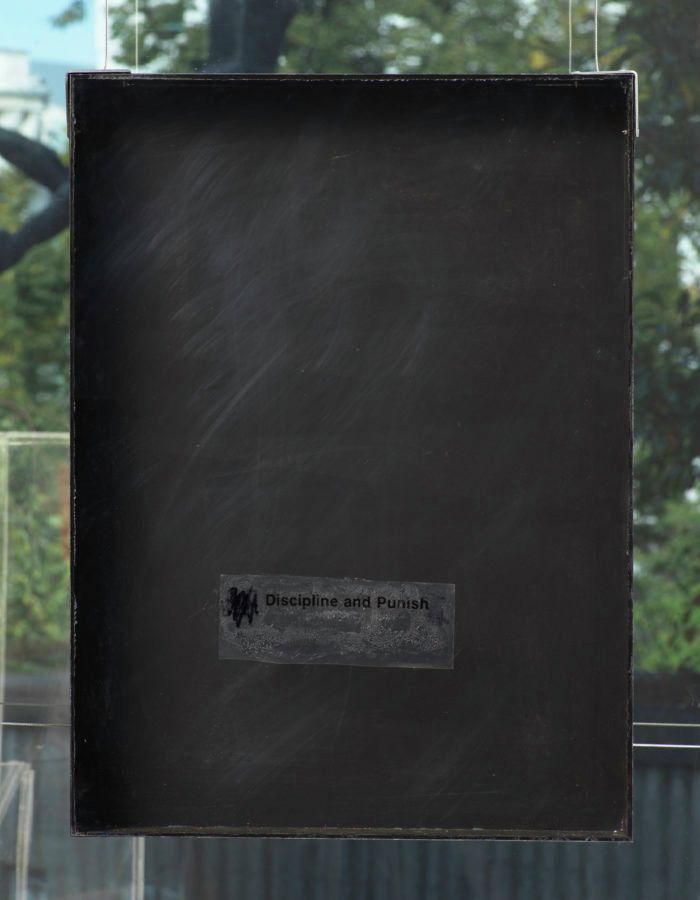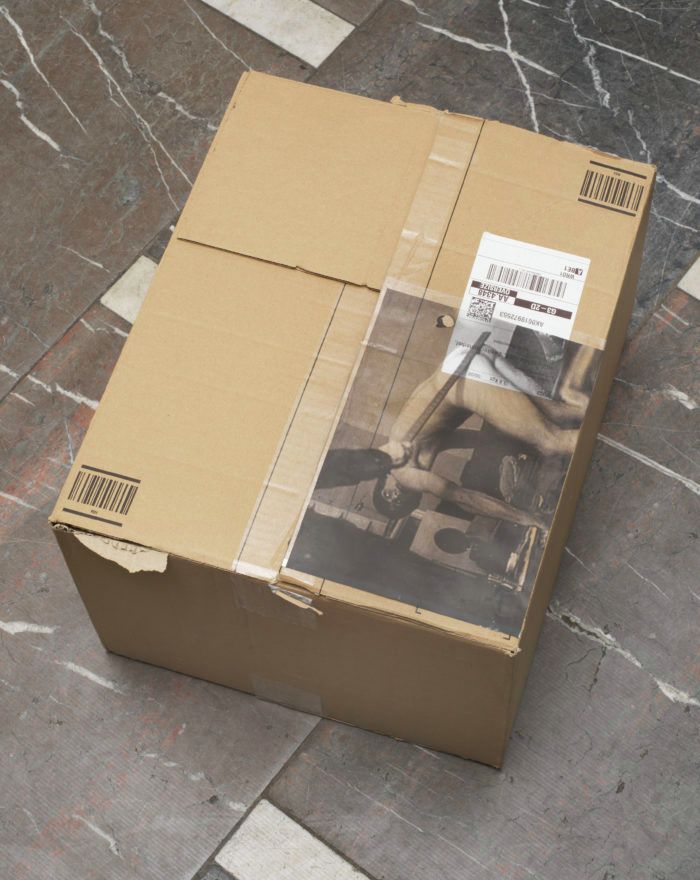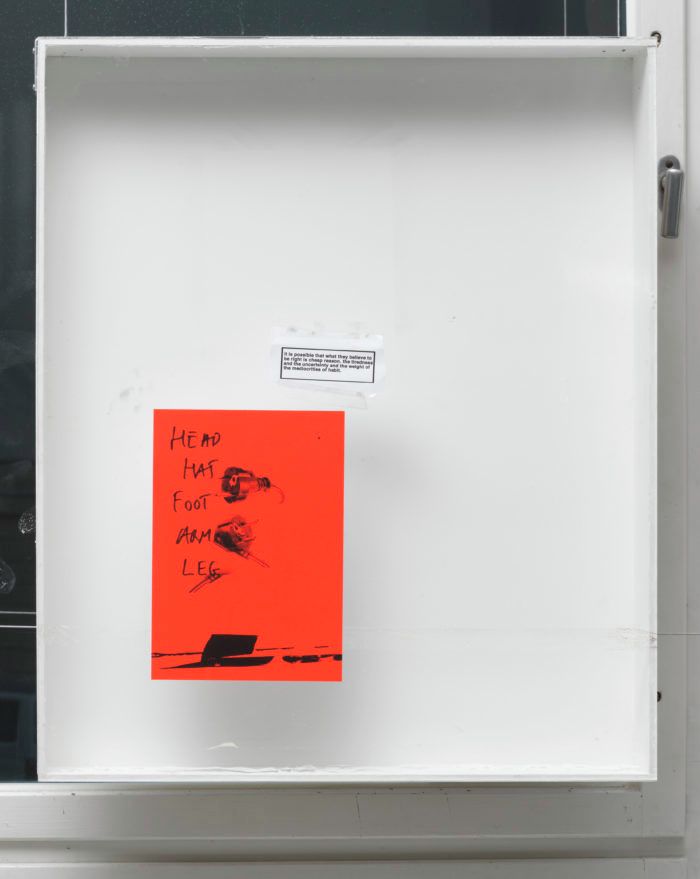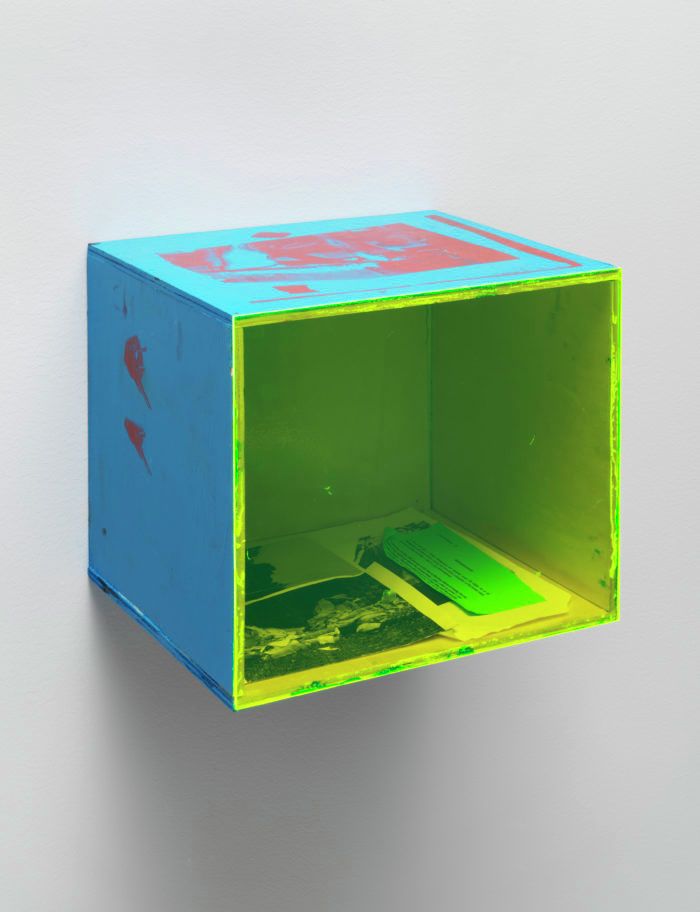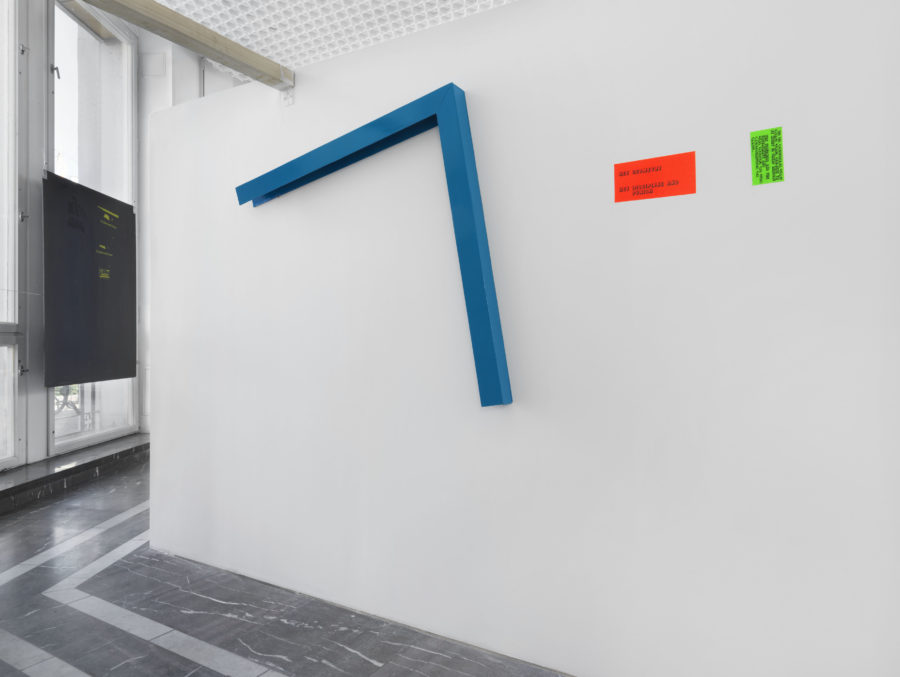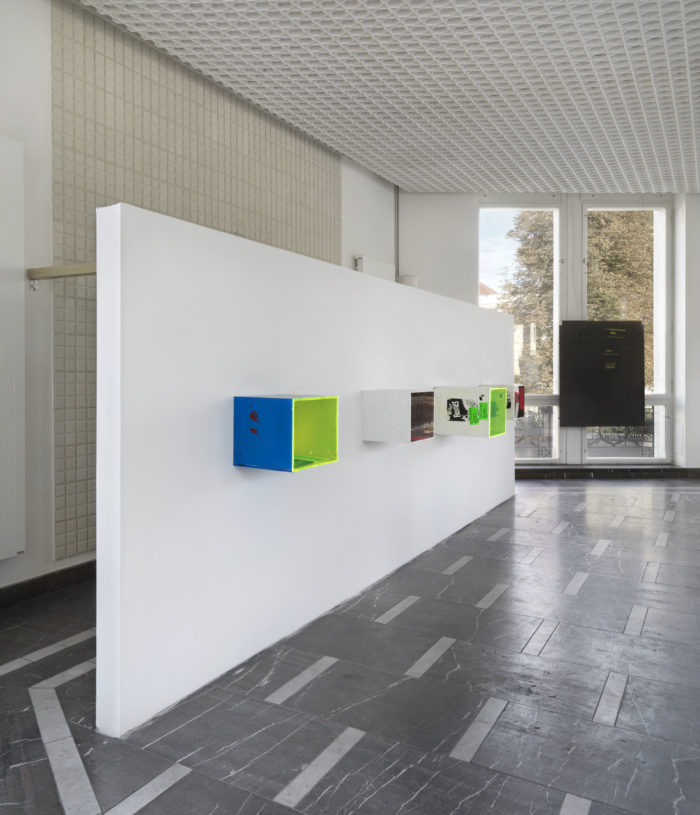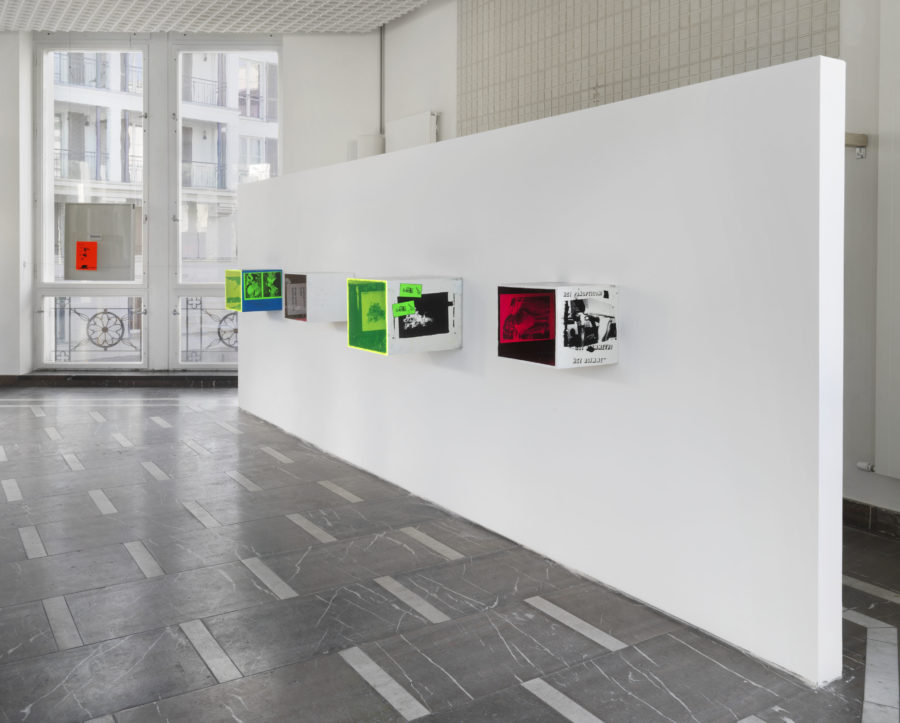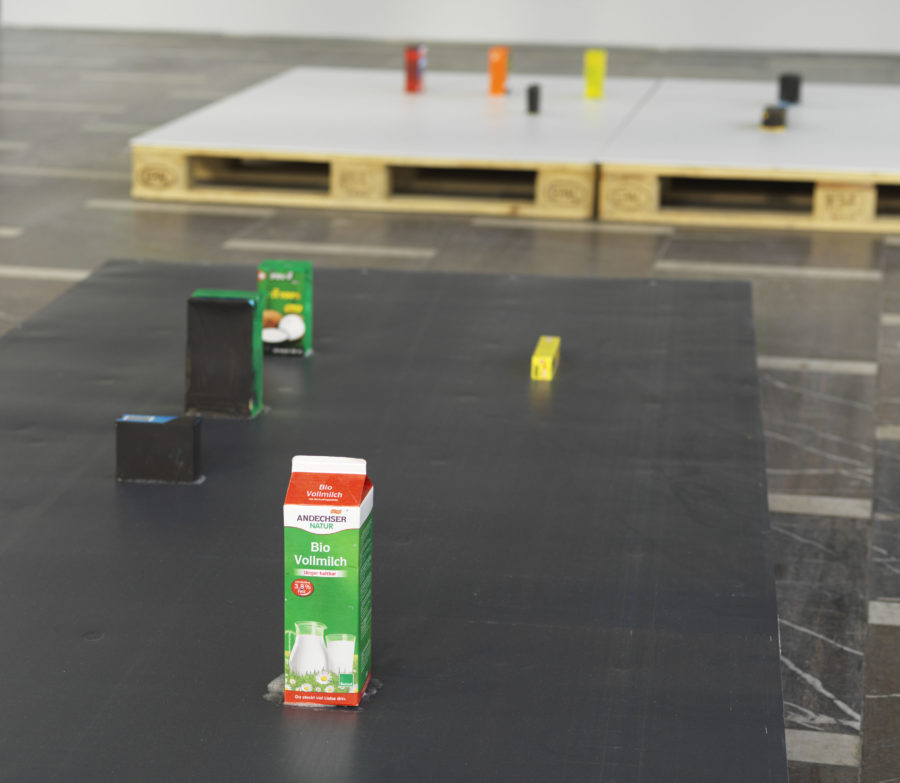At Schinkel Pavillon Henrik Olesen is showing new works, that take the specific architecture of the pavilion as a starting point. Created in the 1950s as a kind of viewing platform for the emerging city, Schinkel Pavillon’s nearly 360-degree view evokes the architectural form of the panopticon.
Following the analysis of the French philosopher Michel Foucault in Discipline and Punish: The Birth of the Prison, the panopticon became a social metaphor beyond mere architecture. It describes the interdependent relationship between an invisible observer and, in consequence of the architecture of this apparatus, the greatest possible number of observed parties. Though the observer inside always remains invisible, the observed are well aware of an observing presence generating an omnipresent non-point threat of knowing everything about everyone. In an attempt to evade closer introspection, the observed therefore project images of themselves for the observer they presume to be somewhere out there. Providing information about themselves in a constant stream of unsolicited confessions, they demonstrate that they are not doing anything in secret. Mundane everyday occurrences are presented in the most vibrant colors for the observing gaze. What exactly ought to be confessed at any given moment thereby remains unclear and approval from the outside becomes the only gauge while success lies in not being sanctioned. What might pass as a successful image can only be assumed on this basis, but can no longer be assessed by oneself. Therefore the observable surface everyone projects is not an autonomous expression but an increasingly hybrid construction of disruptions, confessions, recanted confessions and apologies.
This observation, tied to the site-specificity of the Schinkel Pavillon, meets in the exhibition with an issue that has long pervaded Henrik Olesen’s work. He is concerned with codes, visual as well as linguistic systems of symbols, that are used to create protective barriers towards an observing and ever-evaluating gaze. In a subcultural context, an off-putting, disturbing image for the normative imaginary (fetishes, gangsters, etc.) is established as a kind of protective fence against an outside, which impulsively reacts to it with rejection. Behind this lies what should evade an evaluative or normalizing gaze in the first place: often communities, aware of their own social precarity. Yet these methods of presentation are consistent with codes, which as symbols of mutual understanding must also provide cues as to where and how to enter into these communities, for whose protection they exist. Henrik Olesen’s interest is the body as both the scene and line of demarcation for the evershifting boundary between inside and outside. This exhibition is thus an investigation into bodies and their surfaces in their attempt to appear while hiding.



